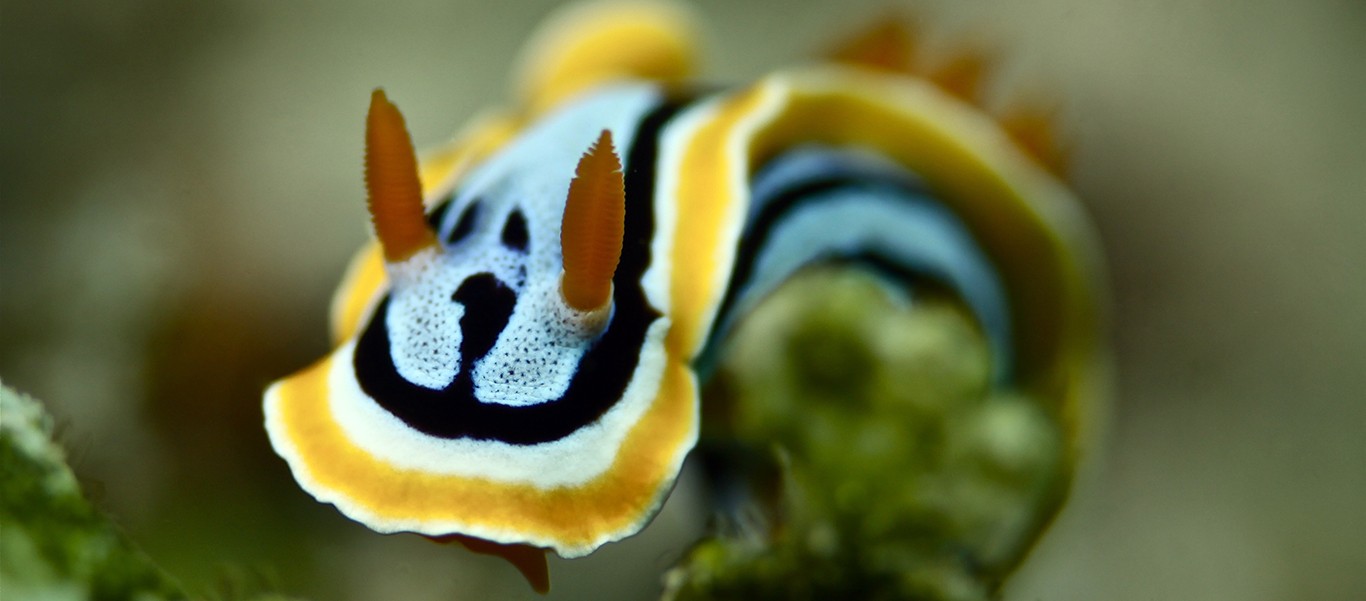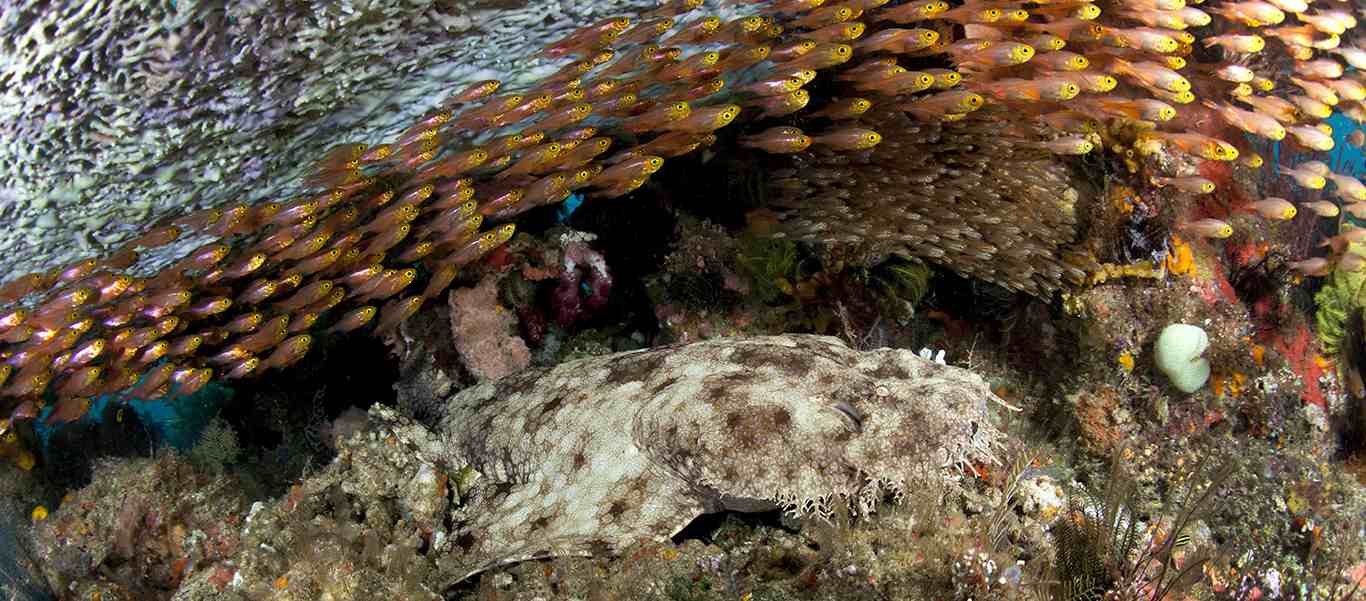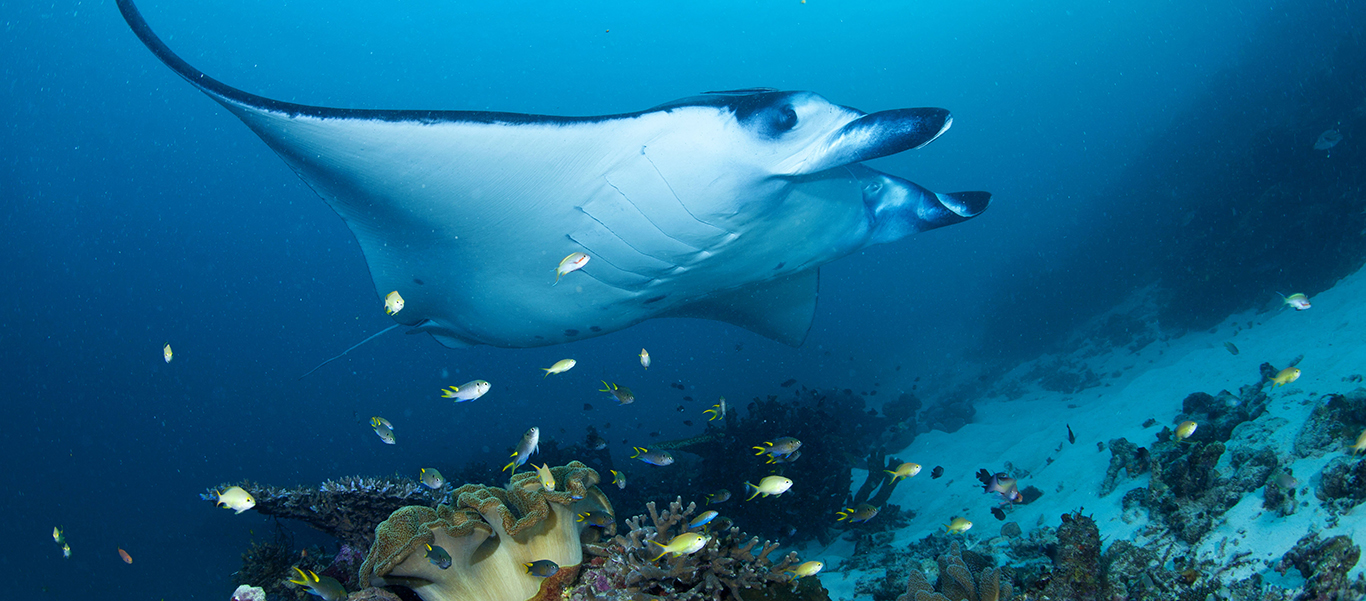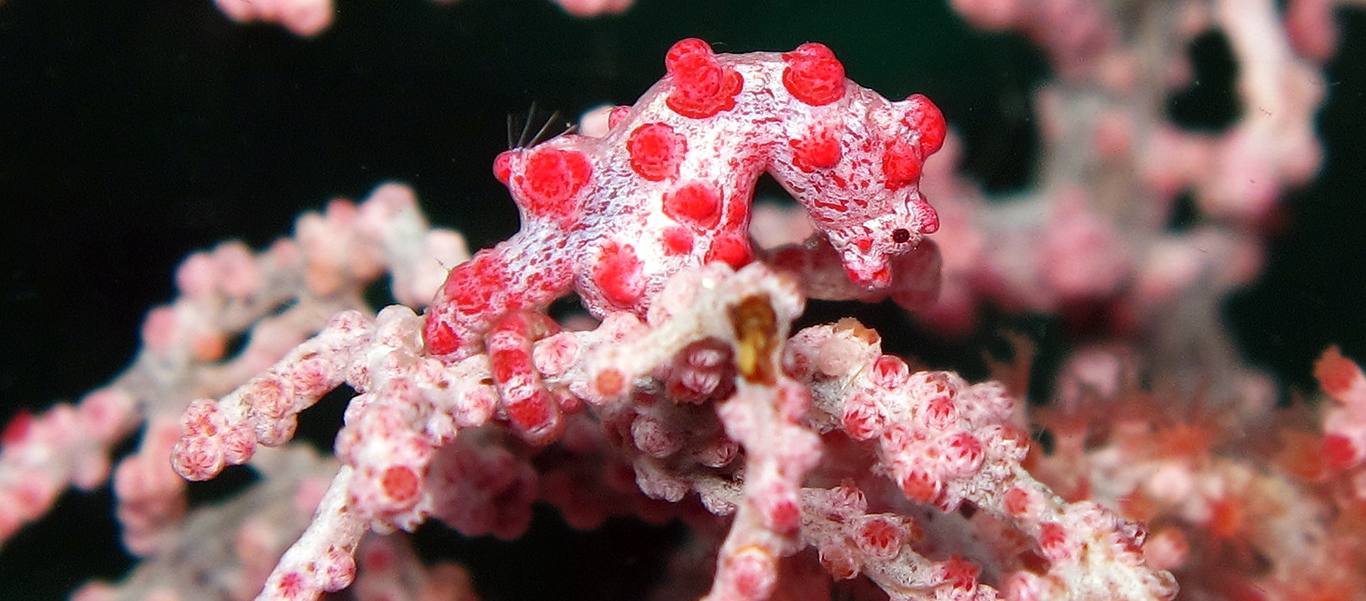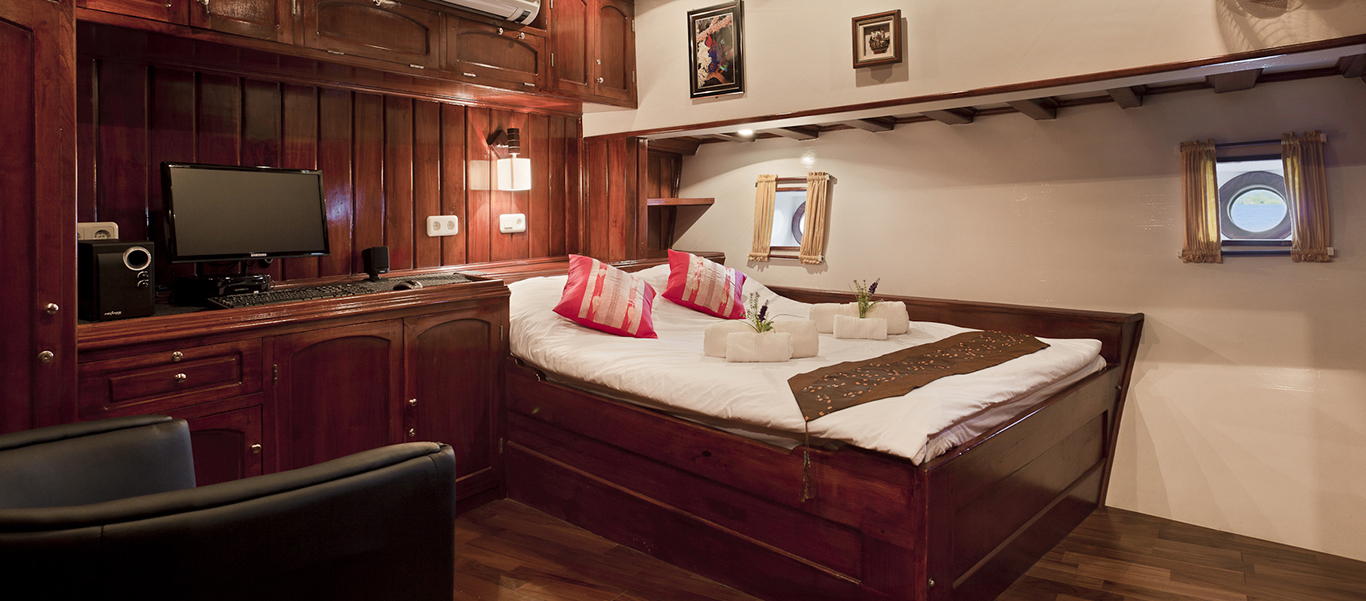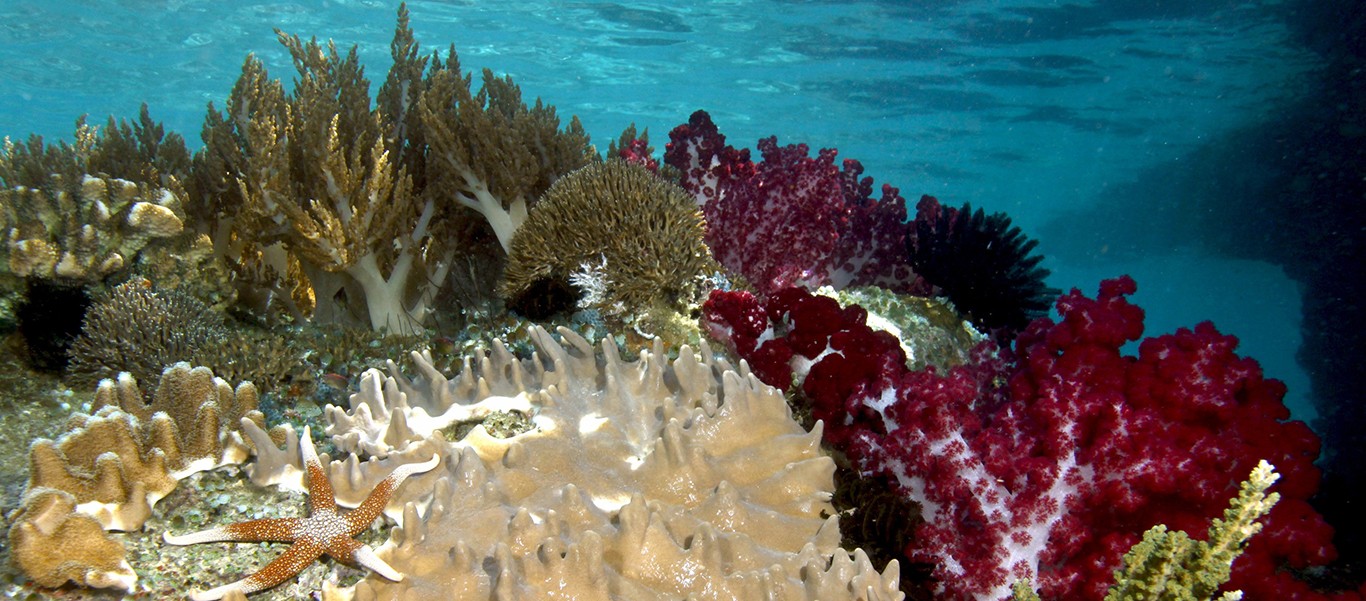Raja Ampat
Raja Ampat Diving Tour
To visit the Indonesian islands is an extraordinary experience, both above and below water. For snorkelers and divers, Indonesia’s northeast seas are considered to hold the richest variety of marine species on the planet. Join Apex to explore the deep, warm waters of Indonesia’s Raja Ampat Marine Park, where the Pacific meets the Indian Ocean. Feast your eyes on many of the 1,600 species of reef fish and over 600 species of hard coral on offer here. Trek the jungle-cloaked islands, home to rare orchids and birds of paradise. From a charming local resort and an award-winning yacht, this Raja Ampat diving tour offers a stunning combination of natural treasures and the best diving in Indonesia.

Destinations
- Travel by Air
- Travel by Road
- Travel by Boat
- Travel by Bullet Train
- Travel by Rail
- Travel by Dog Sled
-
Wednesday, March 13: Arrive Sorong, Indonesia
Arrive in Sorong, one of the busiest harbor towns in West Papua and the gateway to the exquisite Raja Ampat, or Four Kings, named for the four main islands of the extensive West Papuan archipelago. Transfer to the Belagri Hotel for a welcome dinner and overnight.
-
Thursday, March 14: Sorong / Kri Island, Raja Ampat
This morning, a boat ride across the Dampier Strait will take you to Kri Island, a perfect home base from which to explore the West Papuan archipelago’s most stunning northern sites. The global bull’s eye of marine diversity—it is quite possibly the richest coral reef ecosystem on Earth—Raja Ampat offers the underwater naturalist a cornucopia of marine wonders, the likes of which you won’t see elsewhere. This afternoon, celebrate your arrival with a snorkel off the legendary Kri ‘House Reef,’ where you can quite easily see Green Turtles, Bluespotted Stingrays, and Blacktip Reef Sharks. Dinner and overnight at Sorido Bay Resort.
-
Friday–Monday, March 15–18: Kri Island
Enjoy four full days to explore the 30-plus outstanding dive sites located in close proximity to the resort. Snorkel or dive among coral gardens, walls, and mangroves between Gam & Kri Islands, including the famous Cape Kri, home to one of the largest concentrations of fish in the archipelago’s northern region. Sites such as Blue Magic, Sardines & Mios Kon are home to a staggering array of marine creatures, from Manta Rays to schools of barracuda and sweetlips, cryptic Leaf Scorpionfish, and pygmy seahorses. Dinners and overnights at Sorido Bay Resort.
-
Tuesday–Wednesday, March 19–27: Indo Siren, Raja Ampat
To allow for more thorough exploration of Raja Ampat, leave dry land today and embark the 120-foot Indo Siren, which will be our mobile base for the next nine days.
Begin with further coverage of Waigeo, largest of the “Four Kings”, before looping south through the cryptic-critter rich sites surrounding Batanta Island and the soft coral-rich lagoons and walls of the Misool group. Depending on conditions, you may cover such famous sites as Melissa’s Gardens, where there’s a good chance of seeing the strange and impressive Tasselled Wobbegong Shark; Manta Sandy, where the Manta Rays come by the droves to be cleaned; The Passage, an incredible saltwater river that separates Gam from the larger Waigeo; and a plethora of sites scattered through the western and southern portions of the archipelago. In addition to boasting a truly astounding assortment of creatures, these sites also showcase some of the islands’ most spectacular underwater topography, notably at sites like Boo Windows and The Candy Store.
A typical day includes four dives or snorkels, with a mix of dive and snorkel sites that cover the full array of marine ecosystems on offer and maximize the number of marine creatures you’ll encounter. With concerted effort from divers and snorkelers alike, the aim is to find in excess of 400 species of fish and, who knows, possibly even break the magical figure of 500 species of fish!
-
Thursday, March 28: Sorong
Disembark the Indo Siren this morning in Sorong and transfer to the airport for your international flights home.

